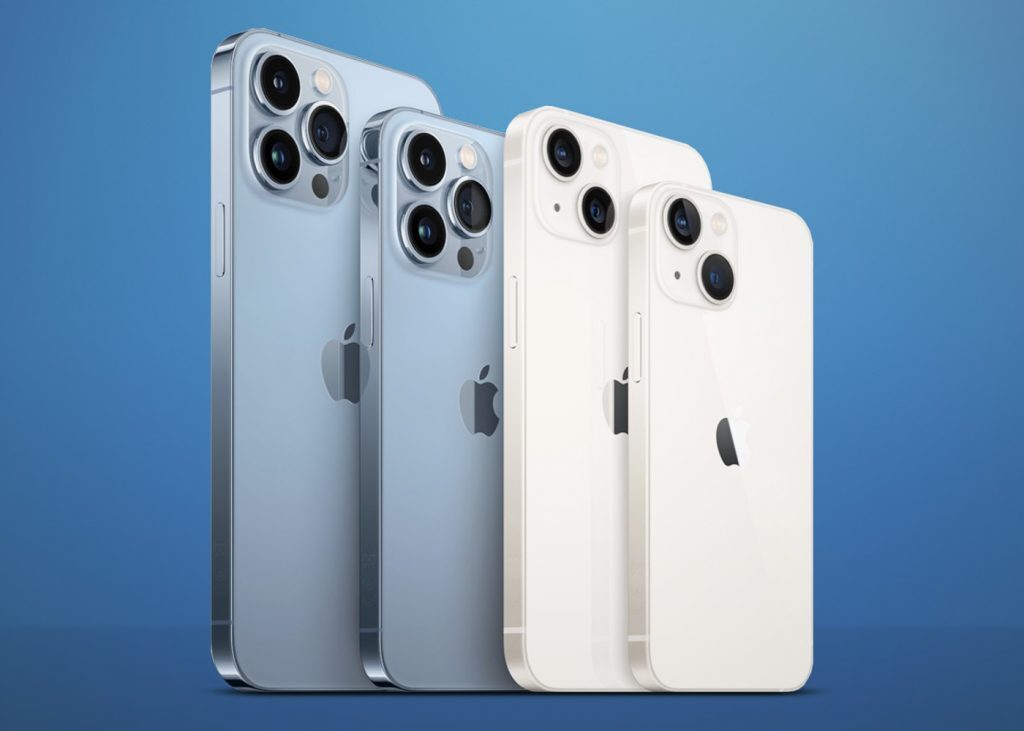There’s always a newer iPhone, but it’s not always simple to choose. See, Apple does its thing awfully well and the main reason to stop buying a specific model is that they decided to stop selling it to people
Which means even though the iPhone 13 lineup is the new best and brightest, you don’t necessarily have to pick from the freshest crop. Like Woolworths’ fruit, iPhones stay fresh for longer than expected. Must be something they’re sticking inside them.
If you’re not sure where to begin, never fear. We’ve got a rundown of the various iPhone models currently available in South Africa (with the exception of the iPhone XR, which apparently is still on sale here. You can do better, honey). It’s not quite the good, the bad, and the ugly. It’s more like the good, the bad, and the mostly attractive.
iPhone 13 Pro (2021) (from R22,000)
The iPhone 13 and 13 Pro are… basically identical to their 2020 counterparts. Same dimensions and everything. The only differences are tiny — a smaller notch and Apple has rearranged the cameras in the back. Is that enough to get you to upgrade? Of course not.
But the addition of 120Hz refresh rates in Apple’s ProMotion display (because they have to rename everything), that delicious A15 Bionic chipset and new telephoto and macro skills might be enough to get you to put your money down. There are larger pixels inside those sensors too, so expect it to function better in the dark.
Battery life is great, the display is brighter than ever and the iPhone 13 Pro represents the best value Apple from from the 2021 batch. Unless, that is, you already have a 12 Pro or 12 Pro Max. Then, making the upgrade doesn’t make all that much sense. But if you’re moving up from… basically anything else, you’ll do just fine springing for this one.
iPhone 13 (2021) (from R17,700)
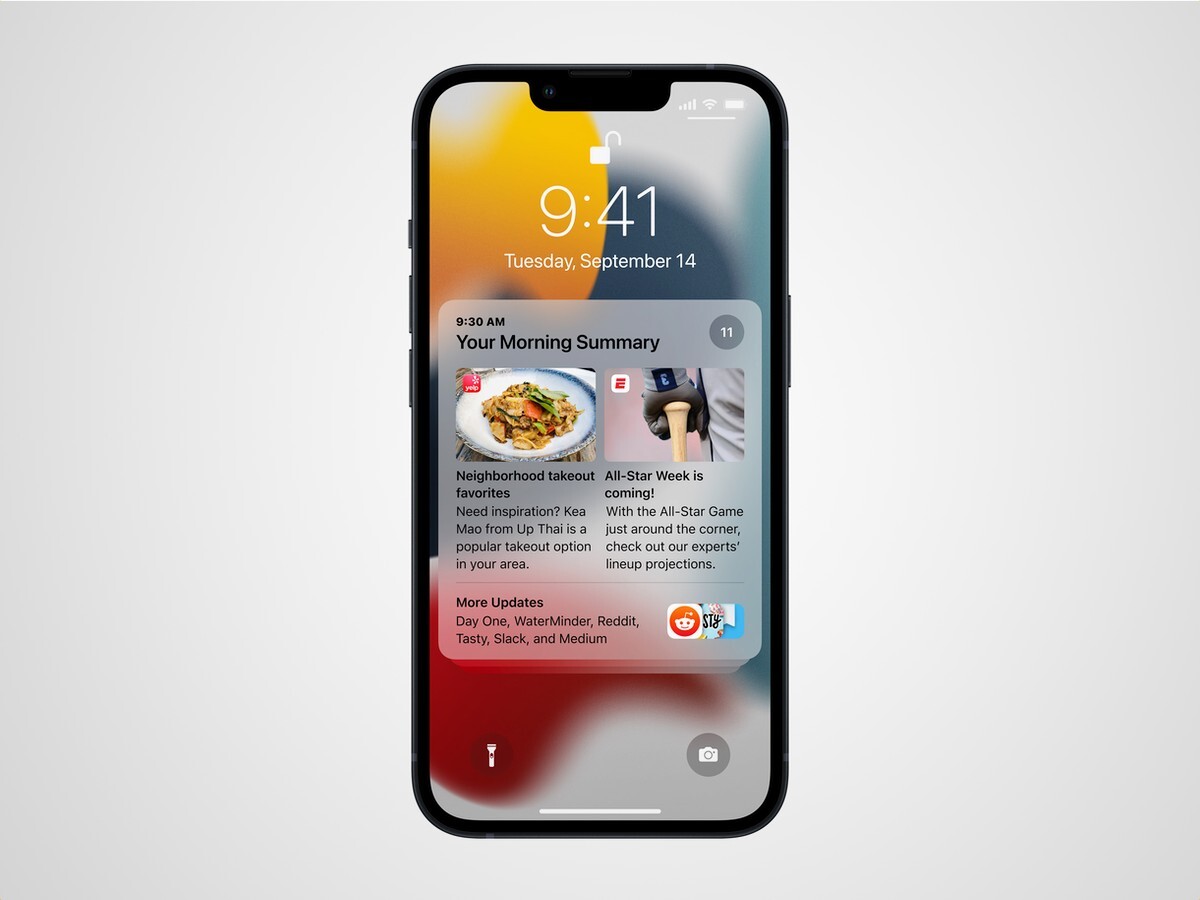 This’ll prove to be a bit of a theme — there’s not much visual difference between the iPhone 12 and iPhone 13. If it’s looks you’re after, just get the cheaper phone. Nobody will judge you. But there’s a lot to like in Apple’s latest stock device.
This’ll prove to be a bit of a theme — there’s not much visual difference between the iPhone 12 and iPhone 13. If it’s looks you’re after, just get the cheaper phone. Nobody will judge you. But there’s a lot to like in Apple’s latest stock device.
There’s improved battery life, vastly improved storage at the base model, and Apple’s A15 Bionic chipset will make you say “Qualcomm who?” The OLED display is brighter than the 12 offered, and there’s also a few interesting developments on the camera front. Yes, the hardware is better.
But it’s still fairly incremental, meaning you’re not missing out on all that much if you opt to save around R3,000 and go for 2020’s headliner. It’s also a little difficult jumping up if you already own an iPhone 12. Anything older and you’ll be pleased to chuck money at Apple, but if you’re already rocking the 12, maybe wait for the 14.
iPhone 13 Mini (2021) (from R15,500)
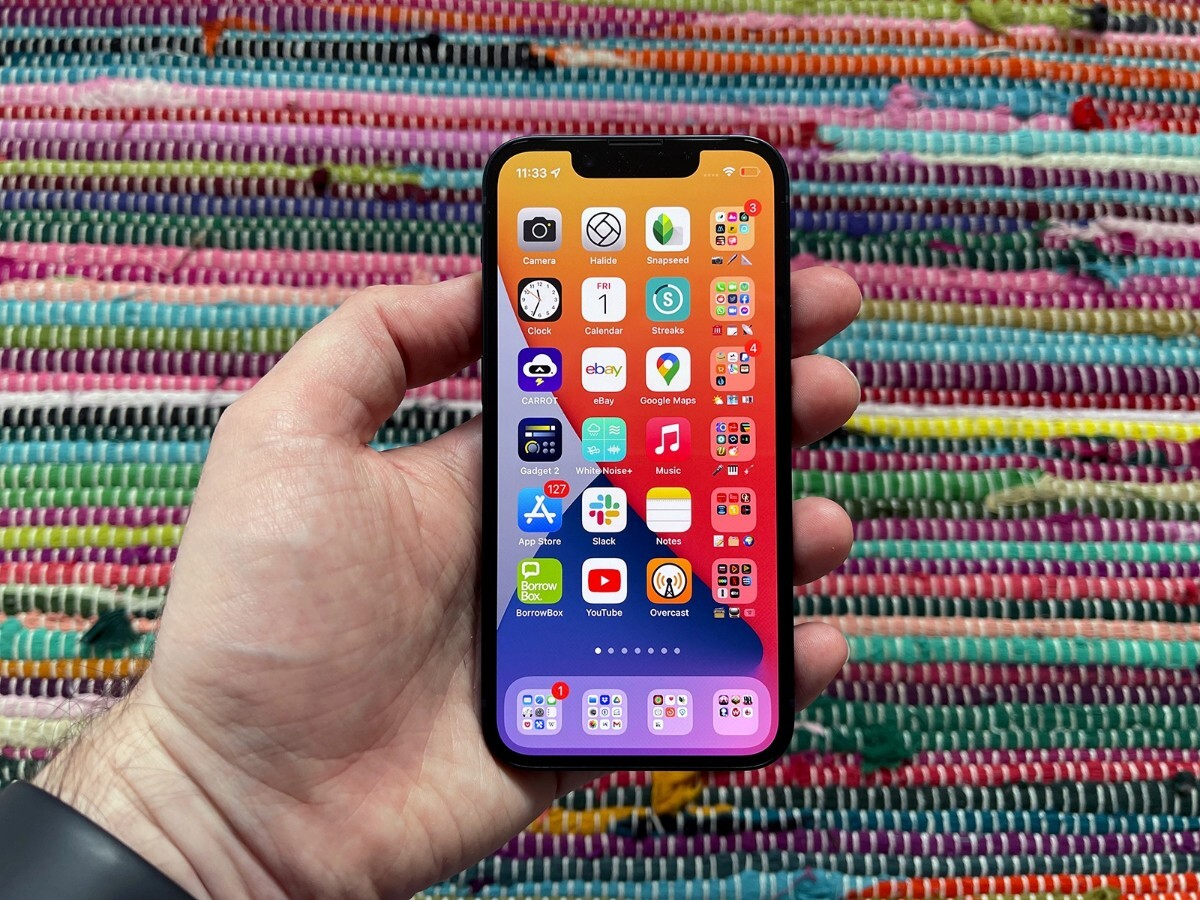 Yes, yes, Apple didn’t do much on the design front in 2021. All the changes were on the inside. If you’re just looking to show off, get an iPhone 12 Mini. It looks the same as the 13 Mini. But this one’s internals set it apart — the A15 Bionic leaves the Android competition in the dust, and it won’t leave a noticeable lump in your pants. Okay, maybe it will. We don’t know your preferences.
Yes, yes, Apple didn’t do much on the design front in 2021. All the changes were on the inside. If you’re just looking to show off, get an iPhone 12 Mini. It looks the same as the 13 Mini. But this one’s internals set it apart — the A15 Bionic leaves the Android competition in the dust, and it won’t leave a noticeable lump in your pants. Okay, maybe it will. We don’t know your preferences.
There’s better-than-decent camera and battery performance in this Mini, and it gets optical image stabilisation from the iPhone 12 Pro Max. You know, 2020’s big-boy camera iPhone? If you sprang for one of those at launch, you might be kicking yourself just a little. Also: larger pixels in the cameras.
The only fiddly bits? There’ still a lack of Touch ID (because where would you put it?) and there’s a notch on the front. But that’s more or less the point of the Mini phones — there have to be some downsides somewhere, or it’d start over R20k.
iPhone 12/12 Mini (2020) (from R15,500/R13,500)
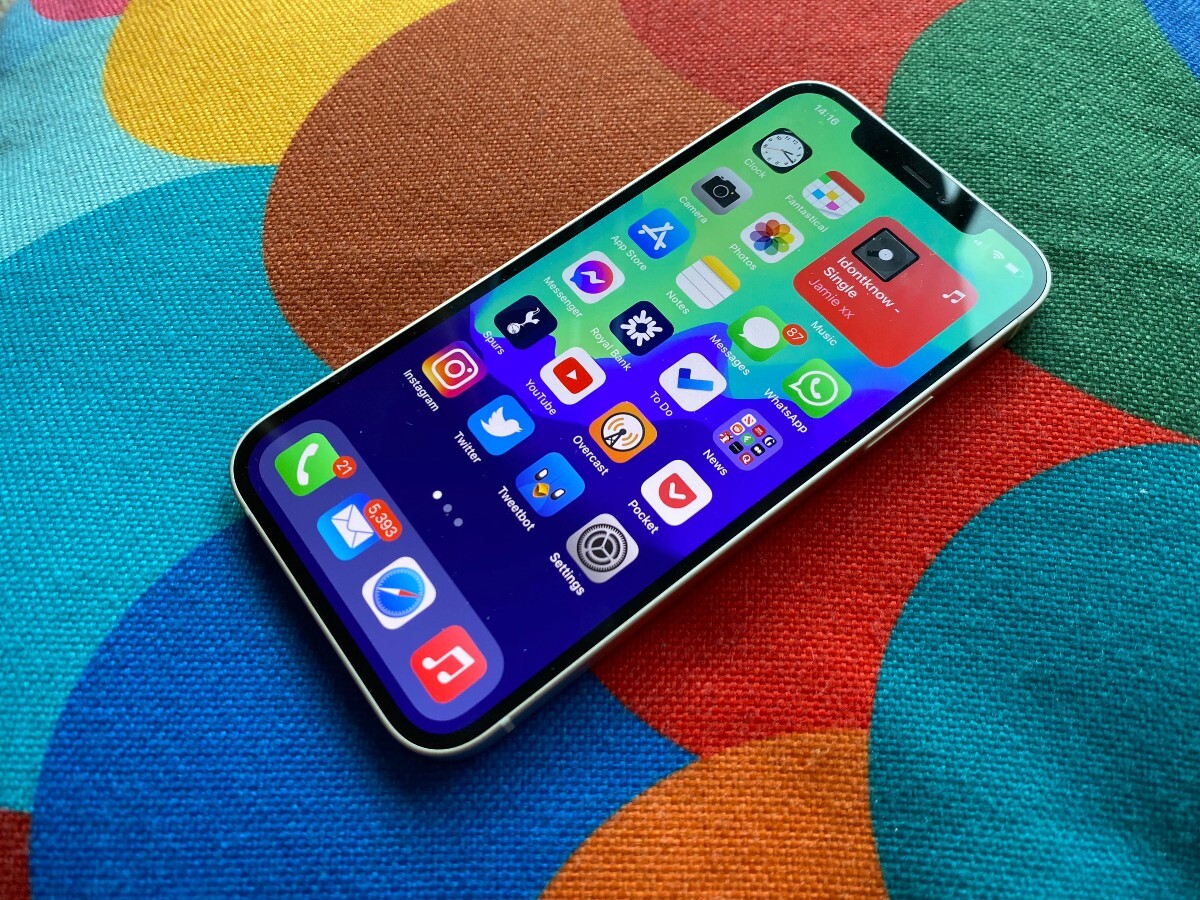 Last year, the iPhone 12 was the best value handset from Apple — if you care about all-round performance. If all you were concerned about was budget, the iPhone 12 Mini was the best option from 2020. One year on, the only thing that’s really changed is that the prices have dropped.
Last year, the iPhone 12 was the best value handset from Apple — if you care about all-round performance. If all you were concerned about was budget, the iPhone 12 Mini was the best option from 2020. One year on, the only thing that’s really changed is that the prices have dropped.
You’ll battle to tell the stock iPhone 12 apart from the iPhone 13. There’s a slightly bigger notch and a minor alteration in how the rear cameras are stacked, but that’s about it. They both pack OLED screens, but the iPhone 13 is, admittedly, a bit more powerful. It’s also got a better camera, because a lot can happen in a year.
The iPhone 12 Mini’s 5.4in display makes it relatively tiny, as iPhones go. But the A14 Bionic chipset is plenty powerful enough to take on phones in 2022, and the cameras are the same as those found in the 12. You’re not losing anything except a little height.
But while the iPhone 12 is still pretty compelling for new buyers, the iPhone 12 Mini has to contend with the iPhone 13 Mini. Better cameras, better battery life, and only a slight increase in price make stepping up a bit of a plan.
iPhone SE (2020) (from R9,500)
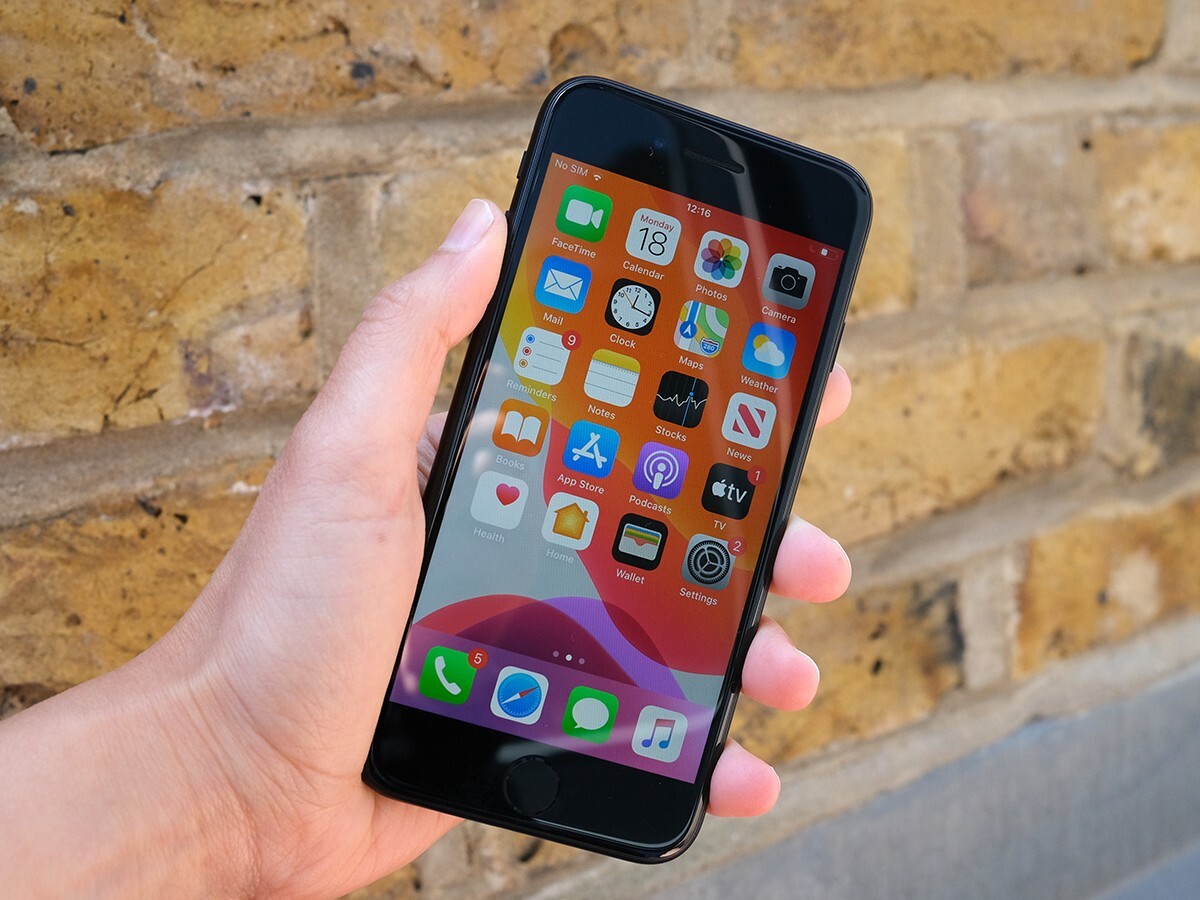 We’ve seen this design before — it’s the iPhone 8, back for another round. The still-attractive design has more modern hardware stuck inside it, though. There’s an A13 Bionic processor in there, which is also what you’ll find in the iPhone 11 below. Expect plenty of power, but don’t expect it to be blistering the way Apple’s newest handsets are capable of. Even so, there’s more than enough here to get on with?
We’ve seen this design before — it’s the iPhone 8, back for another round. The still-attractive design has more modern hardware stuck inside it, though. There’s an A13 Bionic processor in there, which is also what you’ll find in the iPhone 11 below. Expect plenty of power, but don’t expect it to be blistering the way Apple’s newest handsets are capable of. Even so, there’s more than enough here to get on with?
The price point is night-perfect, starting at less than R10,000. There as to be a downside, right? Right. That’d be the screen. The older design means bezels, something that’s all but relegated to the past even in mid-range phones. The screen size, at 4.7in, might also be a little weird if you’re used to having more than six inches. Battery life is so-so and the single camera has also been outperformed by basically Apple fields at present.
But that price really is a serious factor. This is the only entry-level iPhone on the market at present, and the A13 Bionic makes for a powerful proposition when it comes to tempting an Apple first-timer.
iPhone 11 (2019) (from R13,000)
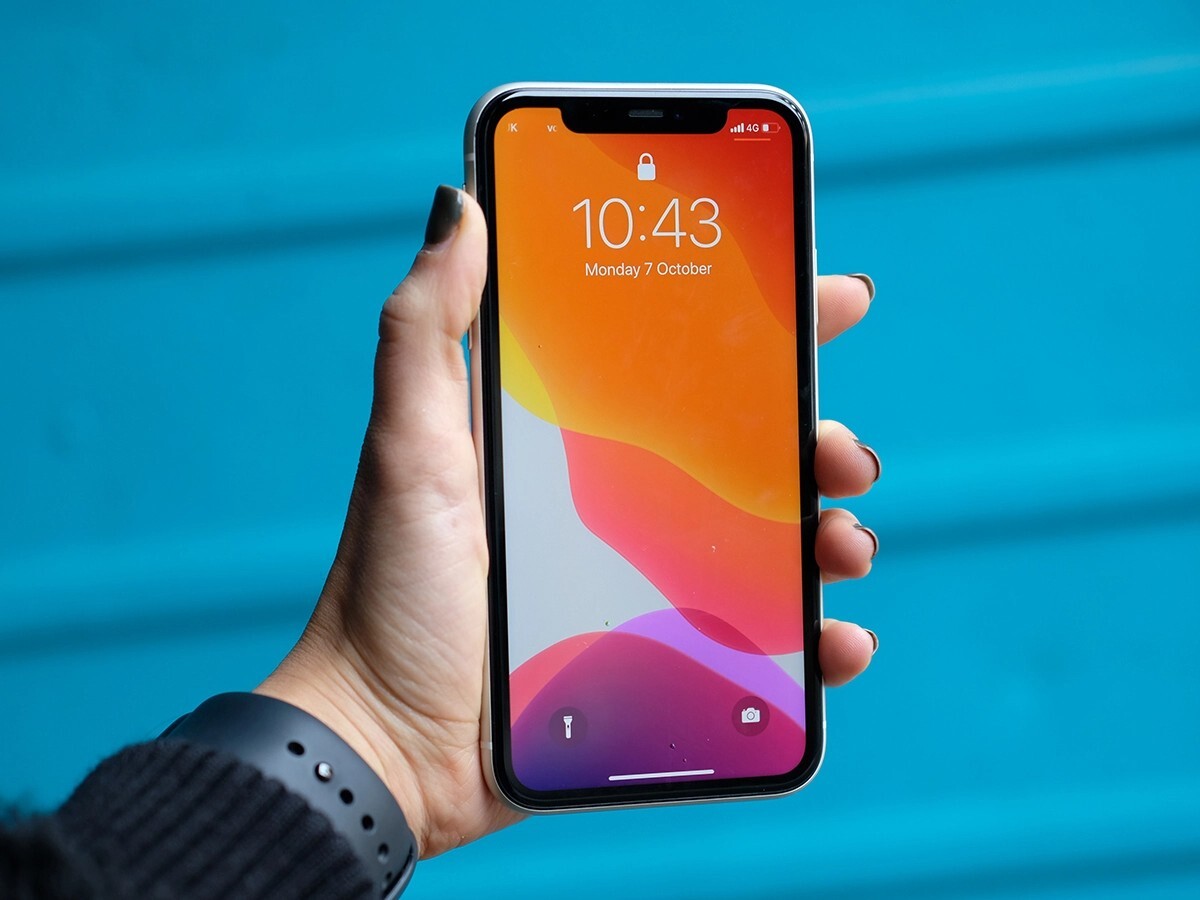 As far as officially supported phones go, the iPhone 11 is the oldest device still on sale. Don’t let anyone tell you any different. Not even the iStore. Yes, you can find older phones in stores but they just haven’t been sold yet. Apple’s far less concerned about them these days. But is the iPhone 11 (and its more premium versions) worth buying as we head into 2022?
As far as officially supported phones go, the iPhone 11 is the oldest device still on sale. Don’t let anyone tell you any different. Not even the iStore. Yes, you can find older phones in stores but they just haven’t been sold yet. Apple’s far less concerned about them these days. But is the iPhone 11 (and its more premium versions) worth buying as we head into 2022?
Well, it’s a damned sight more impressive than the iPhone XR. It’s a tad larger than the iPhone 12, and has a bit of weight on it as well. There’s a pair of impressive cameras round back and Apple’s A13 Bionic processor is no slouch, even as we head into Pandemic Year 3.
But the specs and decent battery don’t really make up for the lack of an OLED screen. Apple lifted the bar on that one. There’s a 6.1in LCD serving as your screen but it’s not as crisp as Apple’s most recent crop. For all that, though, the price point makes it an attractive buy. But there’s a slight problem. You’ll get very similar performance from the iPhone SE, at several thousand rands less. It’s up to you to decide whether the improved camera and smaller bezels are worth dropping another R3,500 on this one.

